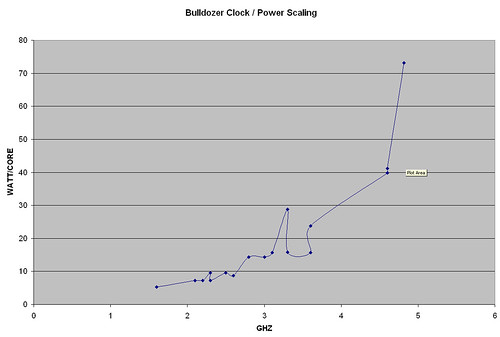mzs_biteme
[H]ard|Gawd
- Joined
- Nov 7, 2001
- Messages
- 1,595
mzs, if there was something in the pipeline like that wouldn't AMD at least make that clear? I see no reason why they would not. AMD releasing BD in the state it is in my opinion proves there is no magic patch that will fix it. This sounds like the 2900 XT all over again that the drivers would make it bitch slap the 8800 GTX.
Way to turn this into Video Card thread guys....
Anyways, AMD is aware (how can't they) of this, and most likely are working with MS to get a better handle on the resource sharing/handling... They have to... DB is just a beginning of where their entire CPU line-up is headed... I'd suppose one thing they'll be concentrating on, is working with software manufacturers to push for greater optimization and utilization of new arch, so by the time BD2 comes out (Dec 2012 I hear?) it will be a fully supported platform. I'm not defending AMD, I'm just trying to give them "benefit of a doubt". They are not sitting on their hands, they can't be....I hope not anyways...
![[H]ard|Forum](/styles/hardforum/xenforo/logo_dark.png)



